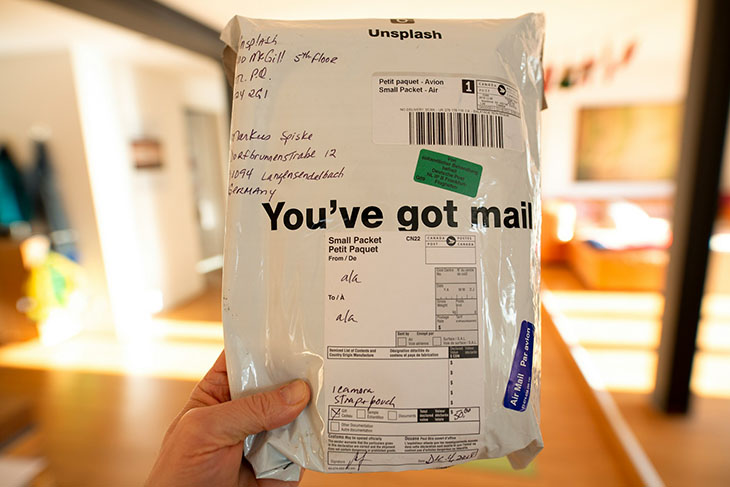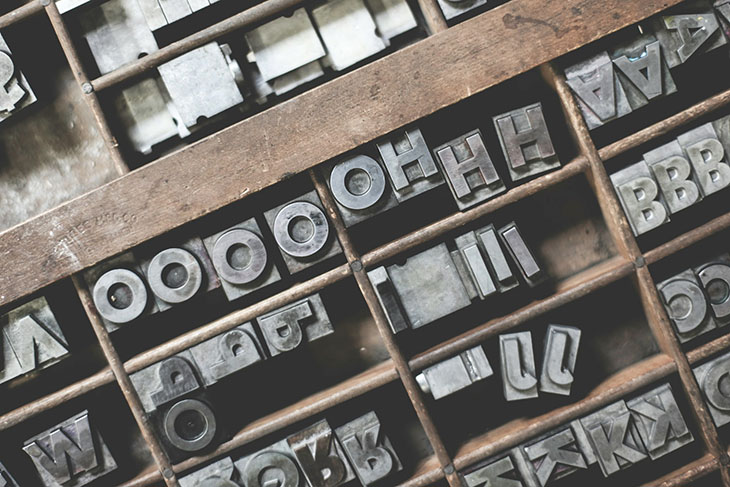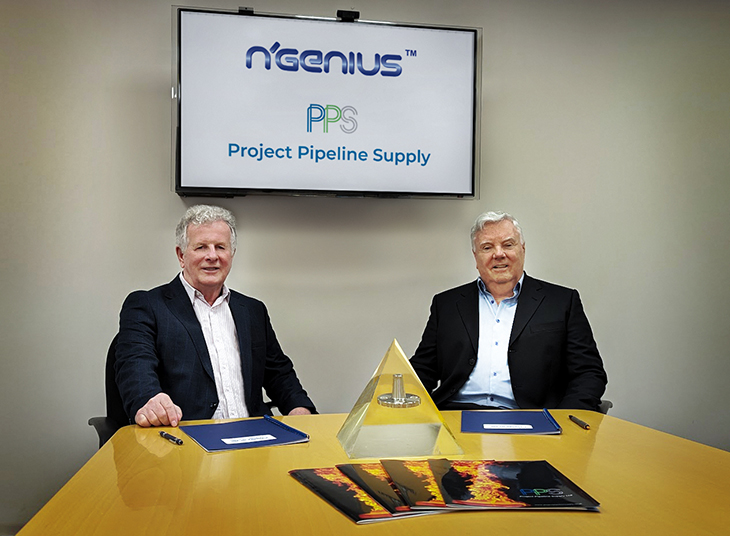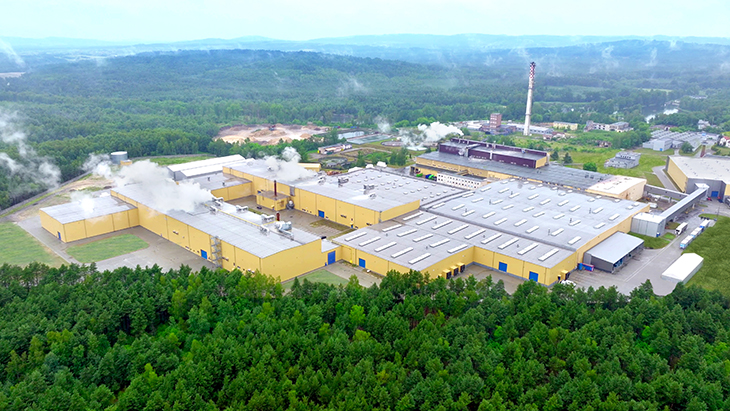Special pump head allows 18 m3/h flow rate at over 500 barg back pressure
Following the acquisition of natural gas production rights off the northern coast of Mozambique by a French oil company, a gas drying plant was to be set up to compress the gas and later convert it into LNG (liquefied natural gas). Since the gas is extracted under water, the MEG (monoethylene glycol) used for drying must be injected directly at the extraction points. The company needed powerful pumps that could transport the MEG from the coast to the offshore units. The main challenge was to achieve a sufficiently high flow rate despite the high back pressure in the pipes. At the same time, maintenance work was not to lead to interruptions in production, as this would have resulted in heavy financial losses. Due to its internationally renowned expertise in the oil and gas sector, LEWA Nikkiso America Inc., a subsidiary of German LEWA GmbH, was awarded the contract in November 2019. Six G3U triplex pumps were chosen because they are specially designed for the high pressure range of over 500 bar. By using the M800 pump head, this model enables a flow rate of 18 m3/h per pump. Two of the six pumps are kept on stand-by for maintenance or repair work. The pumps are manufactured at the main Leonberg plant, and the base plates and resonators are supplied by LEWA Nikkiso Middle East.
When natural gas is extracted at sea, adverse weather conditions, rough seas, and high pressure under water must be taken into account, and the quality of the extracted raw material must be ensured. This can be impaired by underground salt domes in caverns, which can cause the extracted gas to have an increased degree of humidity, in turn hindering later compression. The moisture must be removed by injecting glycol and thus drying the gas. This is necessary in a French mineral oil group's current project. After acquiring production rights off the north coast of Mozambique, the group has begun preparations for extensive LNG production. Since the offshore units through which the natural gas is produced are not located on a platform but underwater, the glycol is pumped from the coast via pipelines directly to the production sites. LEWA Nikkiso America Inc. was commissioned to provide the pumps required for this purpose. It is a subsidiary of LEWA GmbH, which is known for its expertise and has been active in this field for over 60 years. For the time being, two of a total of seven planned production branches were to be equipped with process diaphragm pumps.
"The biggest challenge in this project is certainly the combination of high back pressure from the production site and the large amount of monoethylene glycol required, which has to be conveyed to the well around the clock. The MEG must be injected continuously despite this pressure," said Holger Henze, Regional Sales Manager at LEWA GmbH, which is responsible for manufacturing the pumps at the company's headquarters in Leonberg. "At the same time, we have to ensure that the pumps are 100% reliable so that even maintenance does not lead to an interruption in the gas drying process and thus to a costly delay of the entire pumping process. Last but not least, the aggregates should function as economically as possible."
Flow rate of 18 m3/h per pump at 517 barg back pressure
To counter these problems, the responsible persons at LEWA decided to use the proven triplex pump with pump heads specially designed for this application. "The G3U variant in combination with the M800 pump head enables a flow rate of 18 m3/h per pump, despite the high back pressure of 517 barg," explained Henze. A total of three pumps will be installed per production branch, with one pump being kept available as a stand-by unit. On the one hand, this results in a flow rate of about 36 m3/h MEG and on the other hand, the reserve pump can step in if maintenance work has to be carried out on one of the other pumps. Reliable, constant injection is thus ensured and interruption of natural gas production is largely excluded.
"The pump heads are special models that can also work with a PTFE sandwich diaphragm, thanks to a diaphragm clamping system designed for high pressures," said Henze. "Comparable pumps must otherwise be equipped with a metal diaphragm to withstand the high pressure. However for design reasons, such diaphragms are hardly feasible in the size for the drive unit used in this power class." At the same time, the pump head takes up less space and is more compact than models with the stiffer metal diaphragm, which would require a much larger diaphragm diameter for the same degree of displacement. This would automatically lead to a larger pump head diameter. In order to reduce pulsations and avoid vibration-induced damage, resonators are also used to ensure that the medium flows evenly. Like the base plates, they are manufactured at the LEWA Nikkiso Middle East plant in Sharjah (United Arab Emirates). The final assembly, including the piping, will take place in Leonberg.
"The first three pumps have already been successfully accepted by the customer and the operator after a final acceptance test (FAT), so we plan to deliver them in mid-October," reported Henze. "The remaining pumps will also be thoroughly tested at our Leonberg plant before being shipped to Mozambique. This is to ensure that there are no surprises on site. We are also confident that the other production branches can also be equipped with pumps from LEWA."
For more information visit:
www.lewa.com/en/applications/gas-drying-with-glycol






















